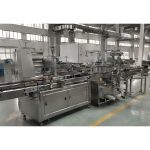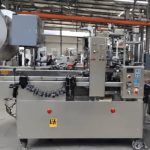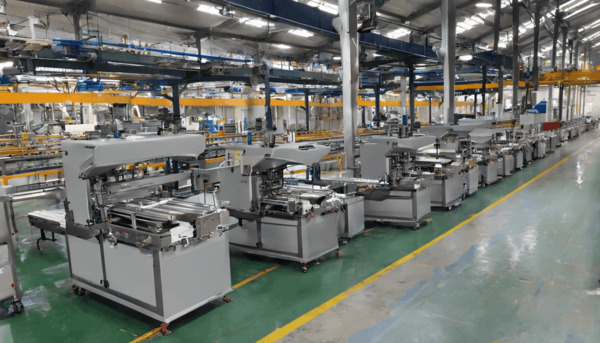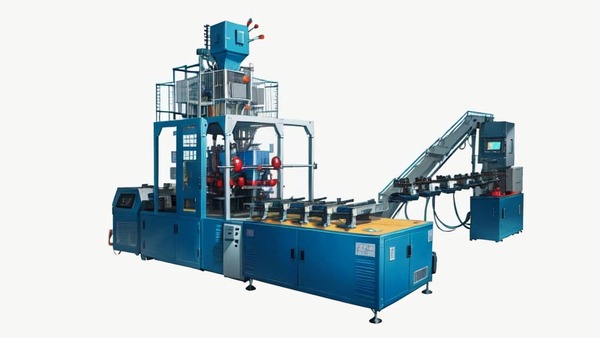
Understanding Cement Packing Plants
A cement packing plant is a facility where cement is packaged for distribution and sale. Cement, a key ingredient in concrete, is produced in large quantities and needs to be packaged efficiently to ensure it reaches its destination in good condition. The packing process is a critical step in the cement manufacturing chain, as it affects the quality and usability of the final product.
The Role of a Cement Packing Plant
The primary role of a cement packing plant is to package cement into bags or bulk containers for transportation. The packaging protects the cement from moisture and contamination, which can affect its quality. Additionally, proper packaging ensures that the cement can be easily handled and transported, reducing the risk of spillage or loss during transit.
Components of a Cement Packing Plant
A typical cement packing plant consists of several key components, including:
- Packing Machines: These machines are responsible for filling bags or containers with cement. They come in various types, such as rotary packers, which are commonly used for their efficiency and speed.
- Conveyors: Conveyors transport cement from the storage silos to the packing machines. They ensure a steady flow of material to maintain high packing rates.
- Bagging Systems: Bagging systems seal the bags after they are filled with cement. This step is crucial to prevent moisture ingress and ensure the bags are secure for transportation.
- Palletizing Systems: Once the bags are filled and sealed, they are often stacked on pallets for easier handling and storage. Palletizing systems automate this process, improving efficiency and reducing labor costs.
Types of Cement Packaging
Cement can be packaged in several ways, depending on the needs of the market and the logistics involved. Common packaging types include:
- Bagged Cement: This is the most common form of packaging, where cement is filled into bags, typically weighing 25kg or 50kg. Bagged cement is convenient for retail and small-scale construction projects.
- Bulk Cement: For large construction projects or industrial use, cement is often transported in bulk. This involves using specialized bulk carriers or tankers that can hold large quantities of cement.
Technological Advancements in Cement Packing
The cement packing industry has seen significant technological advancements aimed at improving efficiency, accuracy, and environmental sustainability. Modern packing plants often incorporate automated systems that reduce manual labor and increase throughput. Additionally, advancements in packaging materials and techniques have led to more durable and eco-friendly packaging solutions.
Challenges in Cement Packing
Despite technological advancements, cement packing plants face several challenges. These include maintaining consistent quality, minimizing dust emissions, and ensuring the safety of workers. Dust control is particularly important, as cement dust can pose health risks and environmental concerns. Implementing effective dust extraction and filtration systems is essential for compliance with health and safety regulations.
Conclusion
Cement packing plants play a crucial role in the cement supply chain, ensuring that cement is packaged efficiently and reaches its destination in optimal condition. As the industry continues to evolve, packing plants are likely to see further innovations aimed at enhancing efficiency, sustainability, and safety. Understanding the operations and challenges of cement packing plants is essential for stakeholders in the construction and manufacturing sectors.





